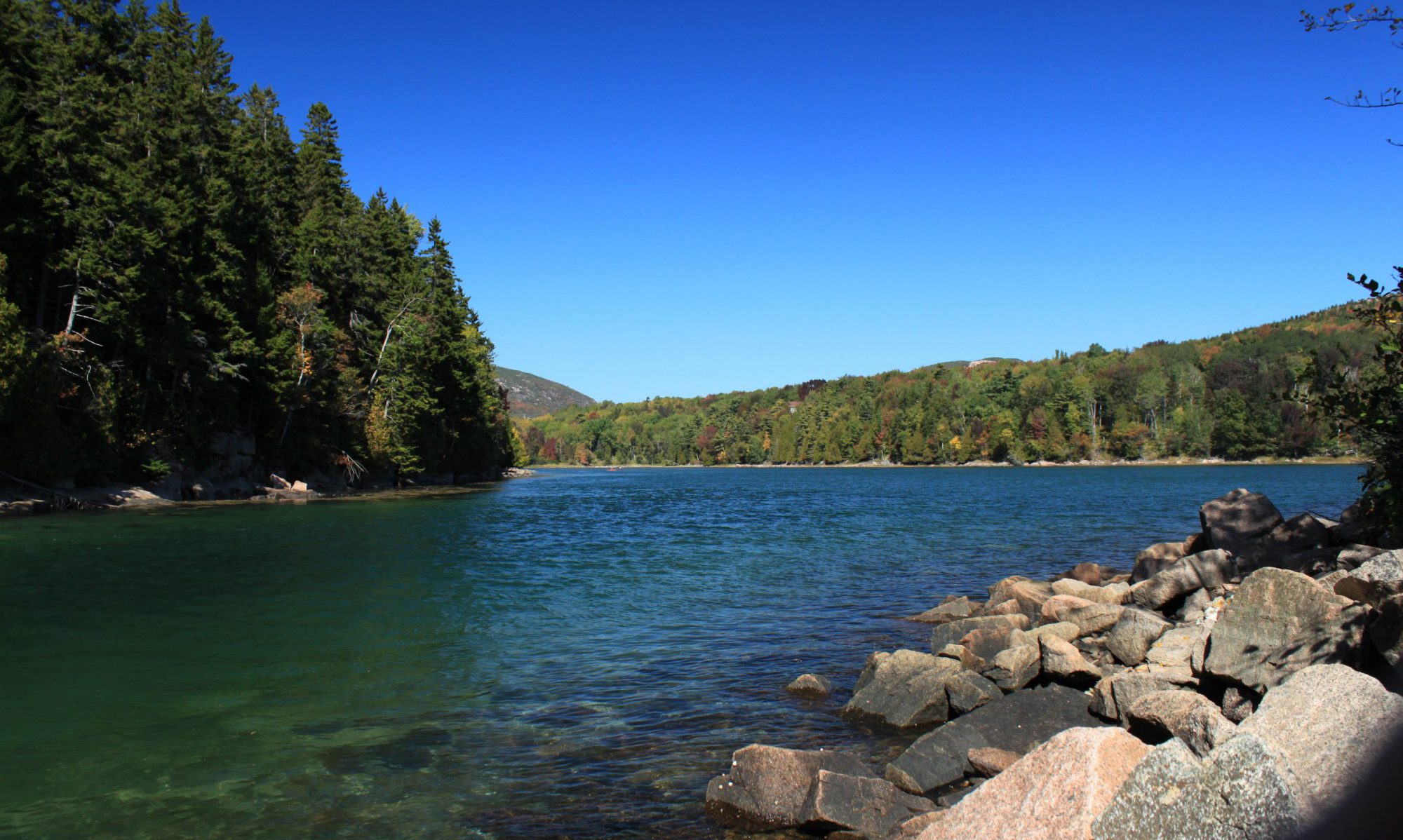Over the years, I have naturally been drawn to landscape photography. I can appreciate others’ facility with city photography, or sports photography, or photojournalism, but I do not have those skills. Nor, frankly, do I have the desire to develop them. On a recent vacation with copious opportunities for great wildlife photos, I realized that I was so focused on composing each image that I was missing the shots that could have been good in post-production if I’d just TAKEN. THE. DAMN. SHOT. I am not, and never will be, the kind of photographer who is in the right spot at the right time and whips their camera out to get that prize-winning image. But that’s also not what appeals to me, so I’m totally OK with that.
Instead, I need to plan. I need to compose my shot, maybe take several with different compositions to see which ones I like better, think about it some more, and then maybe come back when the light is different. I like to revisit the same spots over and over again for a different perspective. In my favorite places, I have shots from different times of year, different angles, different times of day. Acadia National Park is one of my favorite places to visit. In seven trips there over 12 years, I’ve been there in all four seasons. I’ve taken night photography classes there as part of their night sky festival in September. I have my favorite spots along the Park Loop road, which I visit each day I’m there. I go at different times of day, which usually means different parts of the tide cycle. I go in any weather. I don’t plan out where I’ll be each minute of each day, but I know my favorite spots, and I know I want to visit each of them, and there is a vague plan to do that. Repeatedly.
My favorite images are “uncluttered.” Some excellent photography has a lot going on. There’s a focal point in the image, as there always must be for it to be a good shot, but there’s a lot of other stuff in the image to look at, take in, and process. You see something new in it every time you look at it. Not my favorite shots. There is a simplicity to the images that end up taking my breath away when I get them home and really look at them. Take the Crater Lake shot that I used for the quilt above my fireplace as an example. There is a focal point – the tree – and the tree has texture and movement to it. There’s a line that your eye follows when you look at it. But the background is almost absurdly simple. When talking over potential quilting options for that quilt with a long arm quilter, we talked about, but ultimately rejected, the idea of adding texture to that sky. One of the things I like best about that picture is that the sky is pure blue – no clouds, no mist, no sun. Quilting over that, adding unnecessary texture, would have ruined the image for me.
Fortunately, these types of photographs lend themselves well to my skills as a quilter. I’m never going to be the quilter who produces ridiculously detailed images with itty-bitty pieces of fabric. I don’t have the skills, and I certainly don’t have the patience. I also don’t see the world like that, but I marvel at people who do and just leave them to their own devices when they’re working on their own stuff. I am happy to stay within my own wheelhouse, which is simple without being boring. (Trust me – I have simple photos that are as boring as dishwater.) I want to visualize large swaths of color, with texture or not, and be able to recreate that from digital format to fabric.
